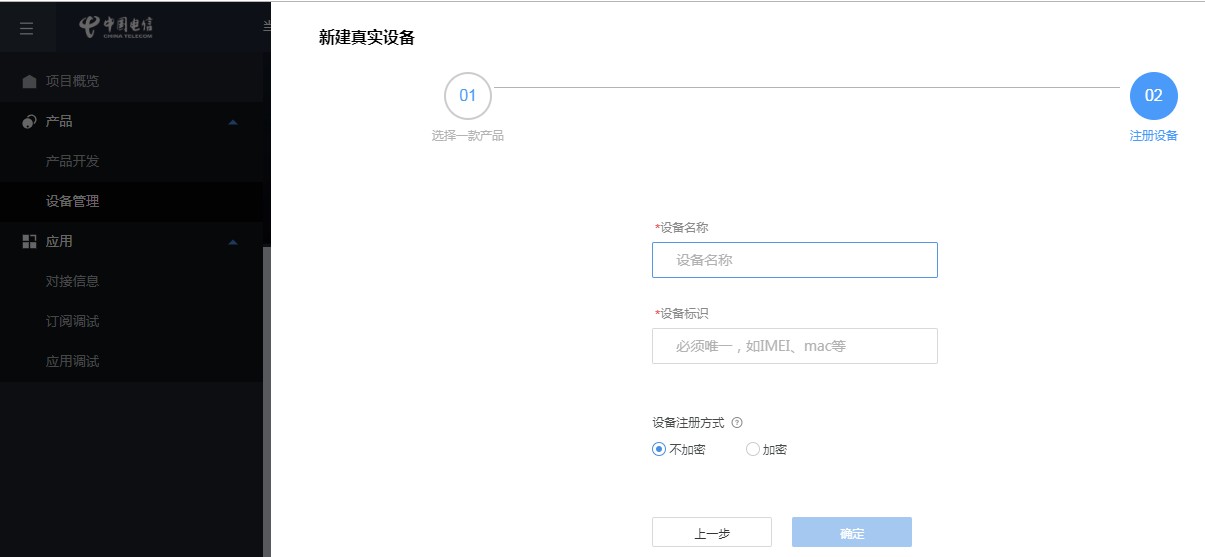解析Java异常处理机制中的误区案例
在Java异常处理机制中,可能会遇到一些常见的误区。以下是一个具体的案例:
误区1:忽略异常
public void doSomething() {// 假设这是一个尝试连接数据库的操作try {DatabaseConnection conn = new DatabaseConnection();//...} catch (DatabaseException e) {System.out.println("Error connecting to database: " + e.getMessage());}}
在这个案例中,catch块被完全忽略。如果在操作过程中真的发生了异常,那么程序将无法正常运行。
误区2:过度使用finally块
虽然finally块通常用于确保资源(如文件、数据库连接等)能够得到正确的关闭,但过度使用可能导致代码可读性降低。
正确示例:
import java.io.File;import java.io.IOException;public class FileHandling {public static void main(String[] args) {try {File file = new File("test.txt");// 创建文件if (!file.createNewFile()) {System.out.println("Failed to create file.");return;}// 写入数据String content = "Hello, World!";FileWriter writer = new FileWriter(file);writer.write(content);writer.close();System.out.println("Successfully created and wrote to the file.");} catch (IOException e) {System.out.println("Error occurred while handling file operations: " + e.getMessage());}}}
在这个例子中,finally块用于确保资源(FileWriter)在任何情况下都能被关闭。这样既保证了代码的健壮性,又不会因为过度使用finally而降低可读性。



































还没有评论,来说两句吧...